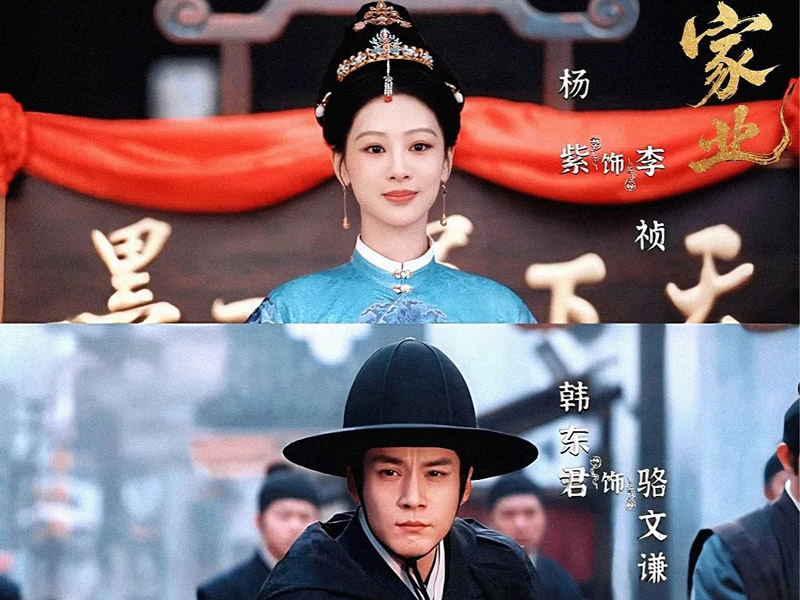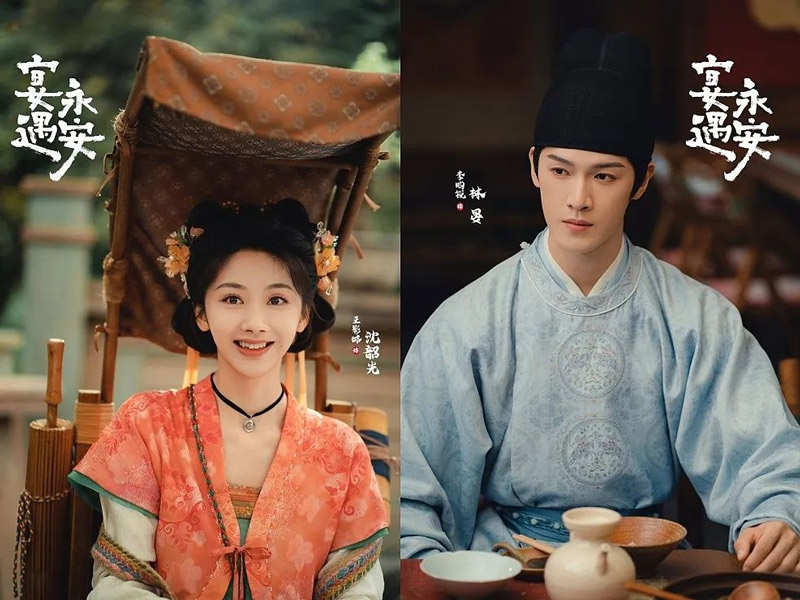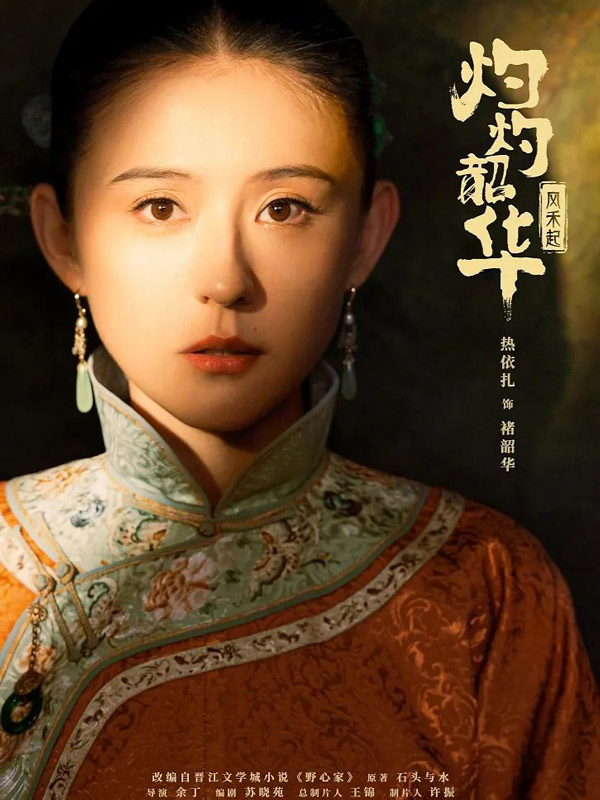Integrating traditional culture into historical dramas isn't new. But more and more recent productions are going beyond aesthetics—embedding cultural heritage into the storylines themselves.
Take Legend of Zang Hai (藏海传), a recent release that weaves an intricate political tale around the ancient art of geomantic architecture, or kanyu (堪舆营造)—a feng shui-based approach to site planning in traditional Chinese construction. And this is far from an isolated case.
In A Dream of Splendor (梦华录), Song dynasty tea culture is not just a visual garnish—it defines the heroine Zhao Pan'er's livelihood and values. Similarly, The Scent of Time (为有暗香来) showcases the traditional art of herbal perfumery, Flourished Peony (国色芳华) explores plant-based fragrance making, and Brocade Odessey (蜀锦人家) dives into Sichuan's iconic brocade weaving.
And more of these culture-driven dramas are in the pipeline. Could this be a meaningful evolution in the genre? As traditional Chinese culture continues gaining mainstream appeal, what should period dramas aim to achieve in order to truly tell cultural stories well?
 Why Does It Feel So Right?
Why Does It Feel So Right?
The fusion of traditional culture and historical drama isn't exactly groundbreaking—it's just finally being taken seriously. The first phase of this integration largely involved the adoption of Eastern aesthetics across costumes, makeup, props, set design, and even special effects.
A key turning point came in 2018 with the explosive success of Story of Yanxi Palace (延禧攻略). The drama's meticulous re-creation of Qing dynasty attire and rituals sparked massive buzz online. Notably, its use of ronghua (南京绒花)—a delicate traditional silk-flower handicraft designated as intangible cultural heritage—briefly became a national trend.
The industry quickly took note of the audience response. Yu Zheng, producer of Yanxi Palace, and his company Huanyu Entertainment leaned into this approach in later works: Winter Begonia (鬓边不是海棠红) incorporated Peking Opera; Royal Feast (尚食) explored imperial cuisine; and The Scent of Time focused on Chinese aromatherapy.
According to producer Tongtong, Yanxi Palace became a phenomenon partly due to timing. "2018 marked a rise in cultural confidence among young Chinese. There was a fresh wave of interest in traditional culture, and previous costume dramas had neglected this. So when Yanxi upgraded its wardrobe and set design with cultural accuracy, it hit the sweet spot."
This trend coincided with the rise of short video platforms like Douyin (the Chinese version of TikTok), which saw an explosion of content about hanfu, traditional Chinese clothing. A new generation of viewers formed shared aesthetics and values around cultural heritage, further boosting demand for authentic storytelling.
Today, it's no longer enough to treat cultural elements as background decoration. Many recent dramas are building their core narratives around them—especially the protagonists' career arcs.
Even in shows that don't overtly center traditional culture, it's now standard practice to hire experts on ancient clothing and etiquette to ensure authenticity. For historical dramas set in specific dynasties (as opposed to fantasy), production teams are expected to follow scholarly research on period-accurate attire.
"Nowadays, the audience might know more than you do," Tongtong laughs. "We have to avoid glaring mistakes, so our costume and props departments all have specialists now." Some dramas even integrate intangible cultural heritage into production. For instance, Legend of Zang Hai features puppets made with a rare hair-carving technique from Taishun County, Zhejiang—a national-level heritage skill.
Screenwriter Cao Lu notes that cultural-themed drama pitches are now warmly received. "If you can say your show incorporates traditional culture, it's usually a plus during project meetings," she shares. "Even during production, if you suggest adding these elements, platforms are generally supportive."
Compared to familiar topics like tea art, fragrance making, or textile weaving, Legend of Zang Hai tackles a more obscure field—kanyu. But Cao believes that lesser-known cultural themes might actually pique more viewer curiosity. "The goal is to spark emotional resonance with young viewers by tapping into cultural pride. Even if kanyu isn't as immediately marketable, it may offer deeper value."
So, what exactly is the benefit of embedding traditional culture into drama narratives?
Cao Lu explains that it's not just about authenticity or aesthetics. "From a platform's perspective, producing a culturally rich show boosts brand image. It gives them PR value—especially if you tie in local intangible heritage, which can attract coverage from regional media networks."
However, cultural integration doesn't automatically guarantee success. Not every recent drama with these elements has gone viral or received glowing reviews. The challenge remains: even the most culturally sophisticated drama must first and foremost tell a compelling story.
In other words, traditional culture can enrich the narrative—but it can't replace good storytelling. To truly maximize the potential of these themes, creators need to overcome some serious challenges in execution.
Costume dramas that blend aesthetics with substance are clearly resonating with viewers. But if they want to turn cultural richness into storytelling gold, the industry still has work to do.
 "Borrowing the Shell" or "Drawing the Bones"?
"Borrowing the Shell" or "Drawing the Bones"?
"How do you make a good historical drama centered on traditional culture? Treat it like an industry drama," says director Lao Ding, redirecting the conversation to a familiar territory.
Industry dramas—those that depict a specific professional world—have long been a thorny genre in Chinese TV. Their success usually hinges on two things: first, the accurate portrayal of the industry itself, including its tools, techniques, products, and norms; and second, compelling characters grounded in that world—not abstract, idealized figures, but people shaped by the culture and rhythm of their profession.
This framework helps illuminate how historical dramas might effectively incorporate traditional culture.
On the first front—depicting cultural industries—the genre has made real progress. It's now standard to hire consultants, invest in high-quality costumes and props, and ensure visual authenticity, even at considerable cost. Lao Ding reveals that investment in these areas has steadily increased, especially for top-tier productions. Some projects have budgets in the hundreds of millions of RMB. For instance, Flourished Peony reportedly featured over 1,500 newly designed costumes, with a total budget rumored to exceed 300 million RMB (around $40 million USD).
Infusing dramas with traditional craftsmanship and folklore has become more than a stylistic flourish—it's now part of the narrative DNA. In A Dream of Splendor, the tea-making scenes include everything from diancha (点茶, a refined brewing method) and doucha (斗茶, competitive tea tasting), to chabaixi (茶百戏), a lost art of drawing patterns on tea foam. In The Scent of Time, viewers encounter intricate practices such as indirect incense burning (gehuo xunxiang), bead-stringing with aromatic herbs, and the dragon boat-shaped water clock that times the release of scent. Brocade Odessey doesn't just show pretty fabrics—it walks viewers through the entire brocade-making process: silkworm reeling, dyeing, weaving, and sewing.
But as Lao Ding and screenwriter Cao Lu emphasize, that's only half the equation.
"The real test is: can you breathe life into the story of that craft? Can you embody these artisans as fully realized characters?" says Lao Ding.
Cao Lu explains that when traditional culture is integrated into a period drama's narrative, there are typically three approaches:
Professional-driven (career type): where the protagonist, often a strong female lead, is on a mission to revive or protect a specific cultural craft.
Emotion-driven (emotional type): where a traditional art carries emotional significance for the protagonist and serves as the narrative's emotional core.
Conflict-driven (functional type): where the cultural element becomes a battleground between the hero and their rivals.
According to Cao, the most effective integrations are found in dramas centered around business or political intrigue. "The key is, you can't just borrow the shell of traditional culture—you have to draw its bones. You need to tap into what drives these practices, and how they actively shape the plot," she says. "If it's just another romance with traditional culture tacked on as a backdrop, then that's not meaningful innovation."
This insight sheds light on why some culture-based dramas fall flat. It's not unlike the early failures of Chinese workplace dramas, which were often criticized for feeling disconnected from real professional life. To succeed, historical industry dramas need to look and feel real to the audience.
Lao Ding suggests that historical dramas portraying traditional industries can take inspiration from earlier classics like The Grand Mansion Gate (大宅门) or The Dye House (大染坊). "Every industry has its own unspoken rules, and their business battles are unique. The way practitioners think, dress, and interact—these details all matter. You've got to do your homework," he advises.
But capturing that "industry flavor" in costume dramas is no easy feat. Lao Ding points out a key contradiction: "Everyone in period dramas these days looks gorgeous, and their styling is becoming increasingly homogenized. That makes it hard to convincingly portray a craftsman or artisan. On the other hand, if your story is still centered on romance, then the current aesthetic remains the default."
In short, the genre is still navigating the tension between cultural authenticity and mainstream visual expectations. If costume dramas want to tell stories that genuinely reflect traditional culture—not just wear it—they'll need to reimagine both form and function.
 It's Still About Storytelling
It's Still About Storytelling
More and more historical dramas are experimenting with embedding traditional culture into their narratives, and several upcoming series across major production slates reflect this trend.
One high-profile example is The Mo (家业), directed by Hui Kaidong and starring Yang Zi and Han Dongjun. This drama centers on a powerful female lead navigating the ink-making industry of Huizhou—known for producing some of the finest traditional Chinese ink. The first trailer has already sparked discussion online.
Other notable projects include Fragrant Bones of Tea (玉茗茶骨), starring Hou Minghao and Gulnazar. In this series, the heroine Rong Shanbao is the daughter of a renowned tea master, with her own career arc in the world of tea culture. Radiant Youth (灼灼韶华), starring Rayza and Yang Youning, focuses on the traditional Chinese medicine industry, again through the lens of a strong businesswoman. Ancient Music Chronicles (古乐风华录), featuring Li Yitong and Chen Xinhai, showcases classical music heritage. Meanwhile, Feast in Yong'an (宴遇永安), starring Wang Yinglu and Li Yunrui, builds its story around traditional cuisine.
In the broader category of historical dramas with strong cultural undertones, there are more ambitious entries as well. City of Craftsmen (天工之城), written by Liu Heng and directed by renowned filmmaker Zheng Xiaolong, tells the story of Ming dynasty architects and artisans constructing Beijing's iconic central axis and the Forbidden City. The Lark Sings at Dawn (云雀叫天录), based on the life of Peking Opera master Tan Xinpei, features Zhang Yishan and Tan Zhuo in leading roles.
For audiences, two questions dominate the conversation around these culture-forward dramas:
First, can the cultural elements be portrayed vividly and meaningfully?
For instance, the original novel behind Feast in Yong'an, The Little Restaurant of Chang'an (Chang'an Xiao Fanguan), earned a loyal following for its comforting and delicious depictions of traditional food. Fans now worry whether the screen adaptation can do justice to those flavors and that warm, immersive feeling.
Second, and perhaps more importantly: can the story stand on its own?
Despite the fresh cultural angles, many period dramas still suffer from repetitive plots and interchangeable characters. Screenwriter Cao Lu explains, "The most common formula is this: a 'cultural inheritor' wants to revive the family business, and the show becomes a female-led entrepreneurship story. That's not just in long-form series—even short-form dramas about intangible cultural heritage follow the same script. The core story is old, and making it feel new is becoming harder and harder."
Director Lao Ding believes this signals the need for a fundamental shift in creative thinking.
"Too many production teams still rely on outdated methods—trying to manufacture romantic chemistry, deciding which episode should move the couple's relationship forward, or tacking on revenge subplots," he says. "It's all still a patchwork of formulas. But today's audience has changed. To stand out now, you need to tell stories the way serious dramas or legends do—by deeply developing your characters."
"In plain terms, your lead character can't just be smart, pretty, independent, and shouting slogans and expect that to count as 'modern resonance.' Whoever manages to create a female version of iconic male leads like Bai Jingqi or Chen Shouting—that's when traditional culture might truly change the game."
For producer Tongtong, this offers a workable blueprint for the genre's future. "The benefits of integrating traditional culture are obvious—so why not use them? Right now, even having a strategy is better than having none. But to bring real transformation to historical dramas, we can't just keep looking up at market trends. We have to look down and focus on content."
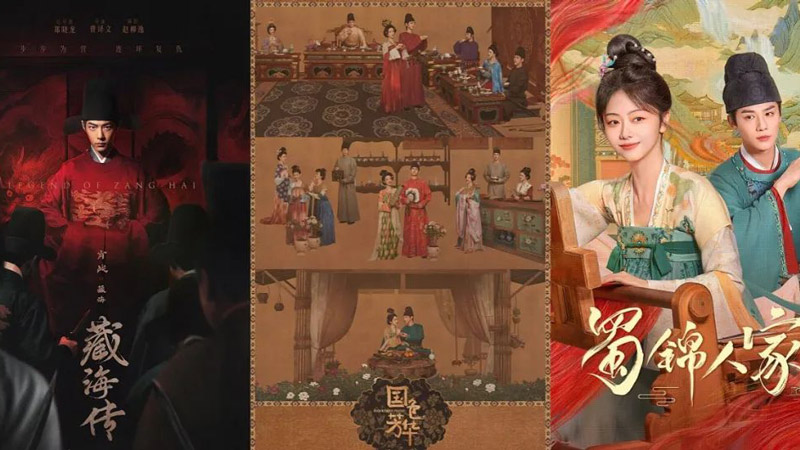
 Why Does It Feel So Right?
Why Does It Feel So Right?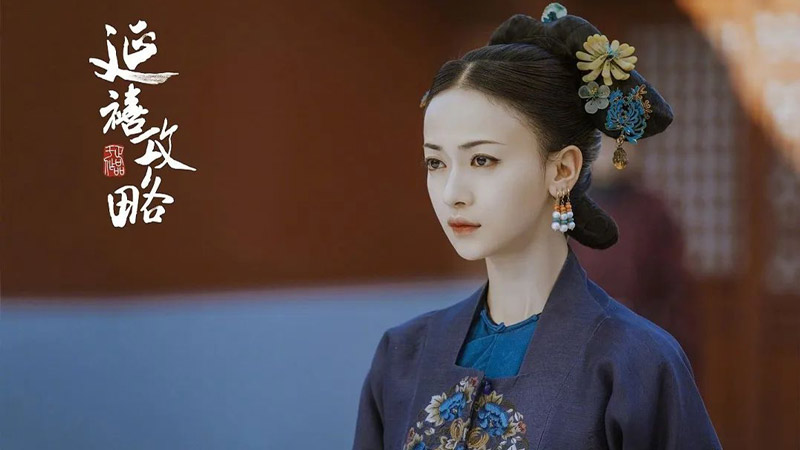
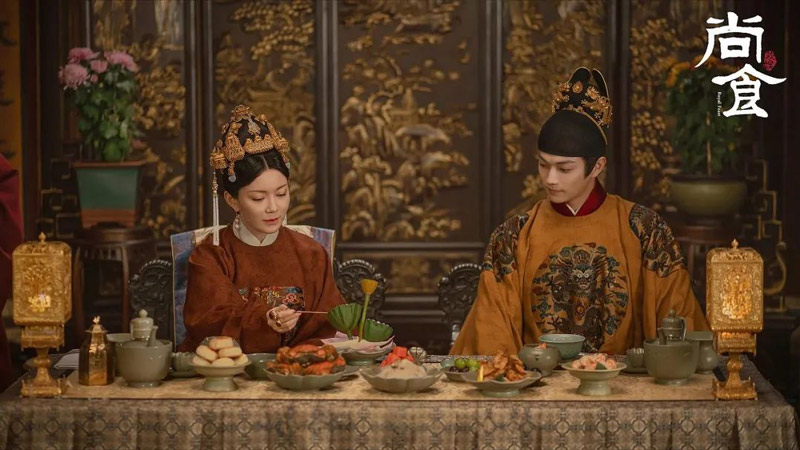
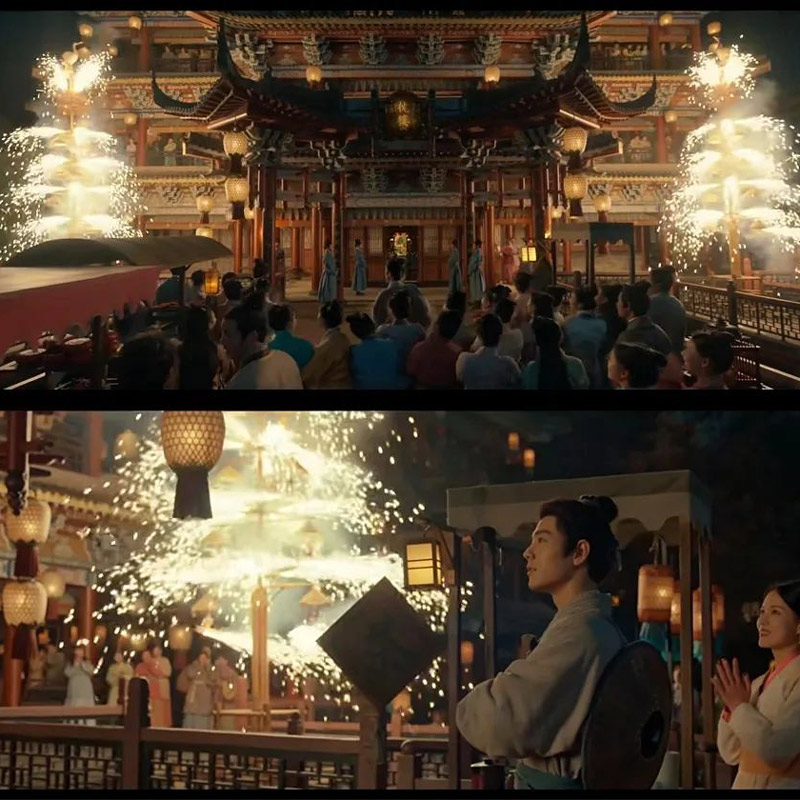
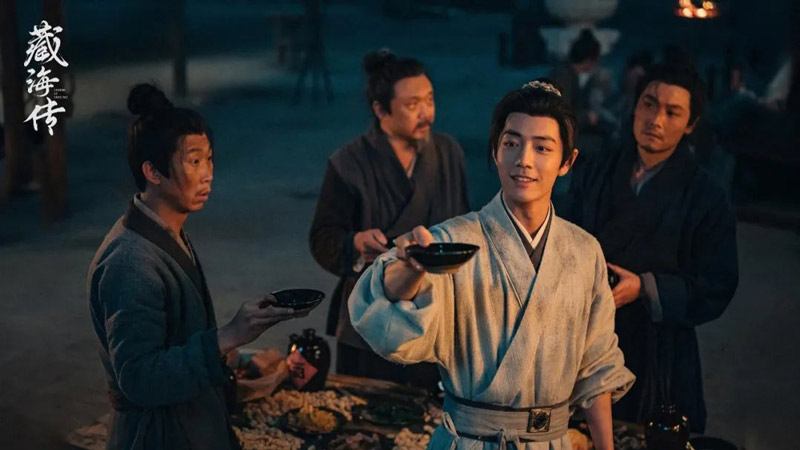
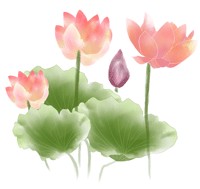 "Borrowing the Shell" or "Drawing the Bones"?
"Borrowing the Shell" or "Drawing the Bones"?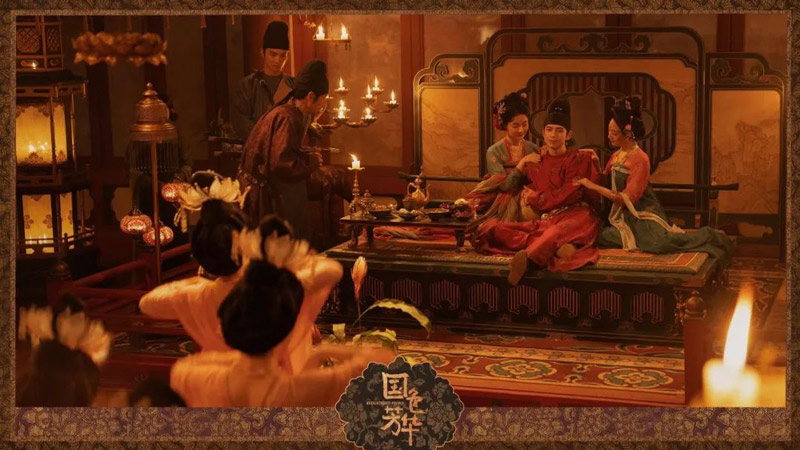
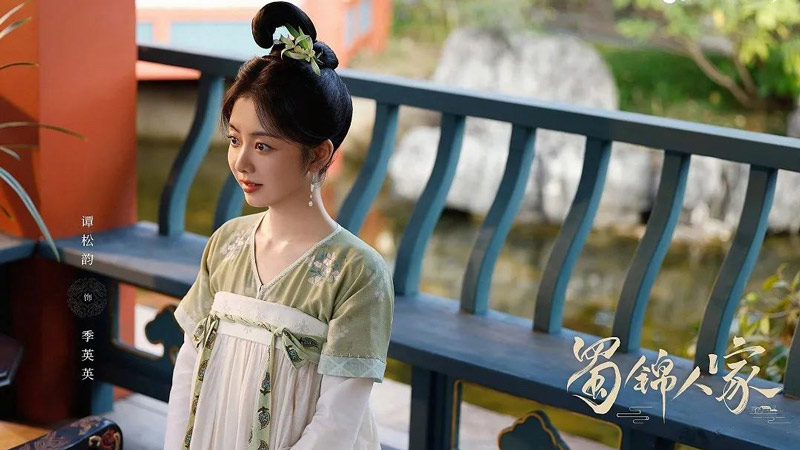
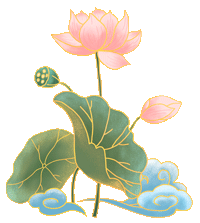
 It's Still About Storytelling
It's Still About Storytelling